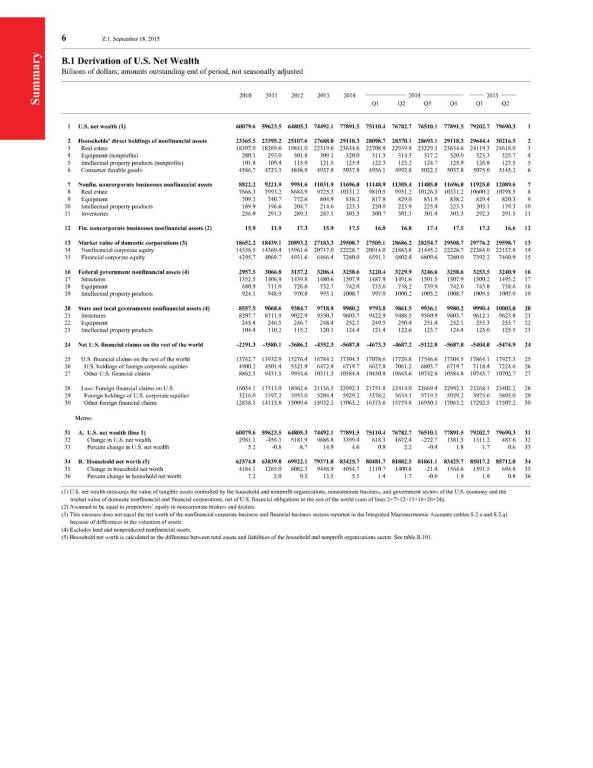Writing for the Broadbent Institute’s blog, Marc Lavoie argues that now that Conservatives are out of power in Canada, the Federal Balanced Budget Act passed in June 2015 should be repealed. According to the Act, pay of the Prime Minister and Ministers and Deputy Ministers have to be reduced by 5% if the federal government is in deficit outside a recession and frozen if the economy is in recession.
Marc Lavoie says:
The Federal Balanced Budget Act that was included in the omnibus Bill C-59, and which passed third reading in June 2015, does not seem to have attracted much engagement either. The Act does not force the federal government to adopt a balanced budget – it has some of the flexibility advocated by the PBO. But it includes measures that discourage the federal government from taking expansionary fiscal measures pre-emptively before a recession is declared. Furthermore, it will induce the federal government to attempt to minimize budget deficits during recessions and to quickly achieve a balanced budget or budget surpluses.
The article also coins the phrase new fiscalism (term originally by Mario Seccareccia):
counter-cyclical fiscal policy should only be used when things are really bad, in particular when monetary policy seems to be running out of ammunition; otherwise, governments should achieve balanced budgets or surpluses.
Marc Lavoie instead argues that the Canadian federal government should use the large borrowing powers to aim to achieve full employment.
The full article Wage Suppression And The Federal Balanced Budget Act is here.
Rules about fiscal policy always have some dubiousness about them. This can easily be seen in stock-flow consistent (SFC) models. Let government expenditure be denoted by G, the tax rate by θ, and households’ propensities to consume out of income and wealth by α1 and α2, respectively. Imagine two almost similar economies
Economy 1: High propensities to consume – i.e., high values for α1 and α2.
Economy 2: Low propensities to consume – i.e., low values for α1 and α2.
Also assume the government expenditure G, and the tax rate θ are the same for both the economies. The budget deficit depends (among other things such as firms’ behavior) on G, θ, α1 and α2. Economy 1 will have a lower budget deficit and higher output and employment than Economy 2. So in order for Economy 2 to have the same level of output and employment as Economy 1, the government of Economy 2 should have a more expansionary fiscal policy than Economy 2. What the fiscal rules do is to endogenize fiscal policy (the government G and the average tax rate θ) with respect to the budget deficit. This is further deflationary for Economy 2. This implies that fiscal rules have no legitimacy. Even within an economy, (such as either Economy 1 or Economy 2), propensities to consume are changing with time.
Fiscal policy rules sometimes are slightly less strict and accept balancing current expenditures with taxes. Even this is dubious – expenditure on paying school teachers isn’t less important in any sense than building a school. Even more importantly, the budget deficit depends on the current account balance of payments and a nation with a higher current account deficit than a similar economy with no external trade will have a lower output and higher budget deficit for the same fiscal policy.
Budget rules are hence deflationary to output and are anti-full-employment.
I hope the new Canadian government follows Marc Lavoie’s advice.
